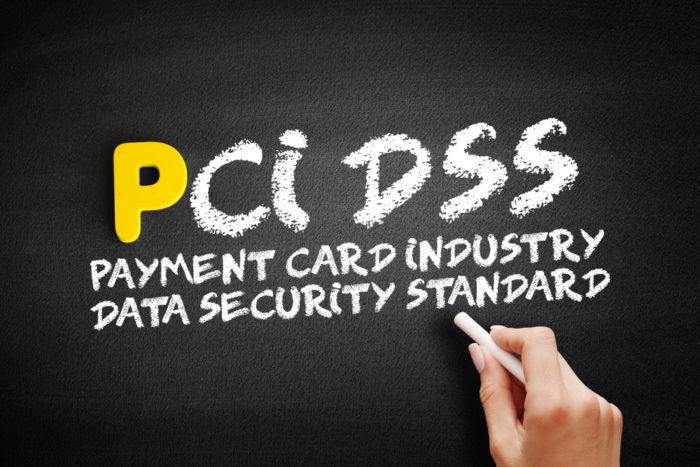WordPress Unauthenticated Blind SSRF Via DNS Rebinding Vulnerability (CVE-2022-3590)
The WordPress Unauthenticated Blind SSRF Via DNS Rebinding Vulnerability (CVE-2022-3590) is a security vulnerability that affects WordPress versions prior to 5.8.4. This vulnerability allows an attacker to perform a Server-Side Request Forgery (SSRF) attack by exploiting the way WordPress handles DNS rebinding.
The vulnerability occurs when a WordPress site has a domain name server (DNS) that resolves to a private IP address. An attacker can exploit this vulnerability by making a request to a specially crafted URL that causes WordPress to perform a DNS lookup to a domain name that the attacker controls. The attacker can then use DNS rebinding techniques to cause the DNS lookup to resolve to a private IP address, allowing them to send arbitrary HTTP requests to that IP address.
The vulnerability can be exploited by an attacker without requiring authentication, meaning that even unauthenticated users can exploit it to gain access to private resources.
To mitigate this vulnerability, you can take the following steps:
- Upgrade to the latest version of WordPress: Ensure that you are running the latest version of WordPress, which includes a fix for this vulnerability.
- Disable XML-RPC: Consider disabling XML-RPC if it is not needed. This can help to reduce the attack surface of your site.
- Use a web application firewall: Implement a web application firewall (WAF) to block requests that exploit this vulnerability.
- Monitor logs for suspicious activity: Regularly monitor your site logs for suspicious activity, such as repeated failed login attempts or requests to unusual URLs.
- Restrict access to your site: Consider restricting access to your site by using a password or IP address-based access controls.
Reduce the risk of the WordPress Unauthenticated Blind SSRF Via DNS Rebinding Vulnerability affecting your site. Remember to regularly scan your site for vulnerabilities using a vulnerability scanner or WAF to ensure that your site remains secure.

